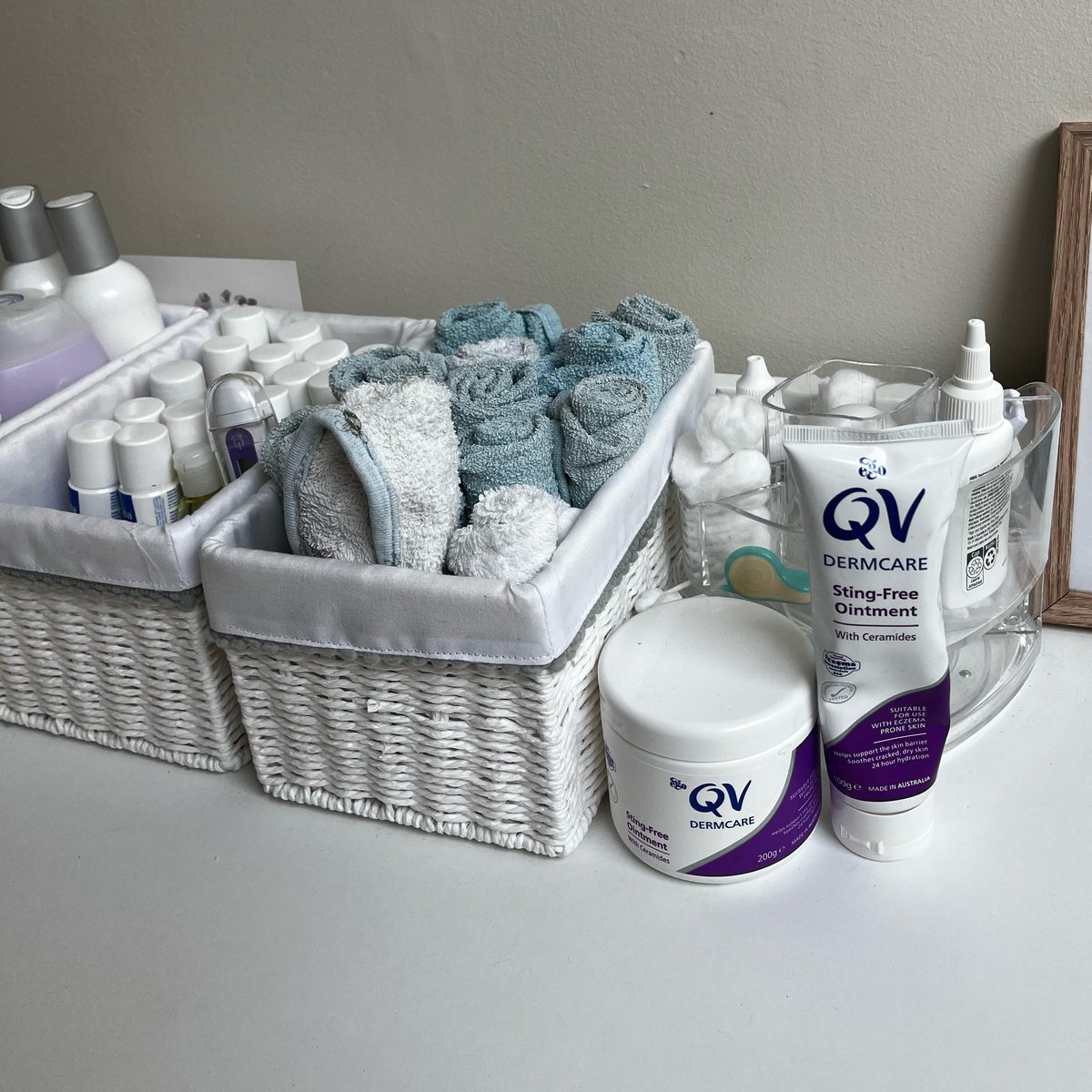

Well, it's official: "Winter skin" is here to ruin all of our lives.
It’s not just the icy breeze which brings out the very worst in my sensitive skin, although it certainly plays a pivotal role. It's also the environmental factors that go with it: spending more time indoors in central-heated rooms, taking longer, hotter showers and bundling on layer upon scratchy layer, when I do dare to leave the house.
Although my whinging might indicate otherwise, I am an adult.
This isn't my first winter (although the nights are feeling unseasonably cold in Sydney at the moment), and I'm used to having to manage my sensitive skin as the seasons change. But I'm a parent now and so I have to be on the lookout for a whole raft of new skincare concerns: the ones my kids have.
Well, colour me surprised: a few weeks ago, I noticed something on my toddler that I've been dealing with every winter since I was a kid myself. We used to call it "lizard skin", but in a savvy 2024 rebrand (we are dealing with a two-year-old boy here), my household is now calling it "dinosaur skin".
If you're not immediately familiar with dinosaur skin, I’m sure you can use your imagination. At the very least, mums with dry-skinned babies or toddlers who've lived through a dry winter know what I'm talking about. Call them whatever you want — the dry, scaly spots that pop up on eyelids, knees, elbows, arms and legs are uncomfortable, itchy and honestly, a pain to deal with.
I've always known that I have sensitive skin, which can react to the slightest change in the barometer, so it shouldn't have come as such a surprise that both my boys do too. But while dealing with my own reactive skin is, at most, annoying, watching my kids feel uncomfortable can be really distressing.






























































































